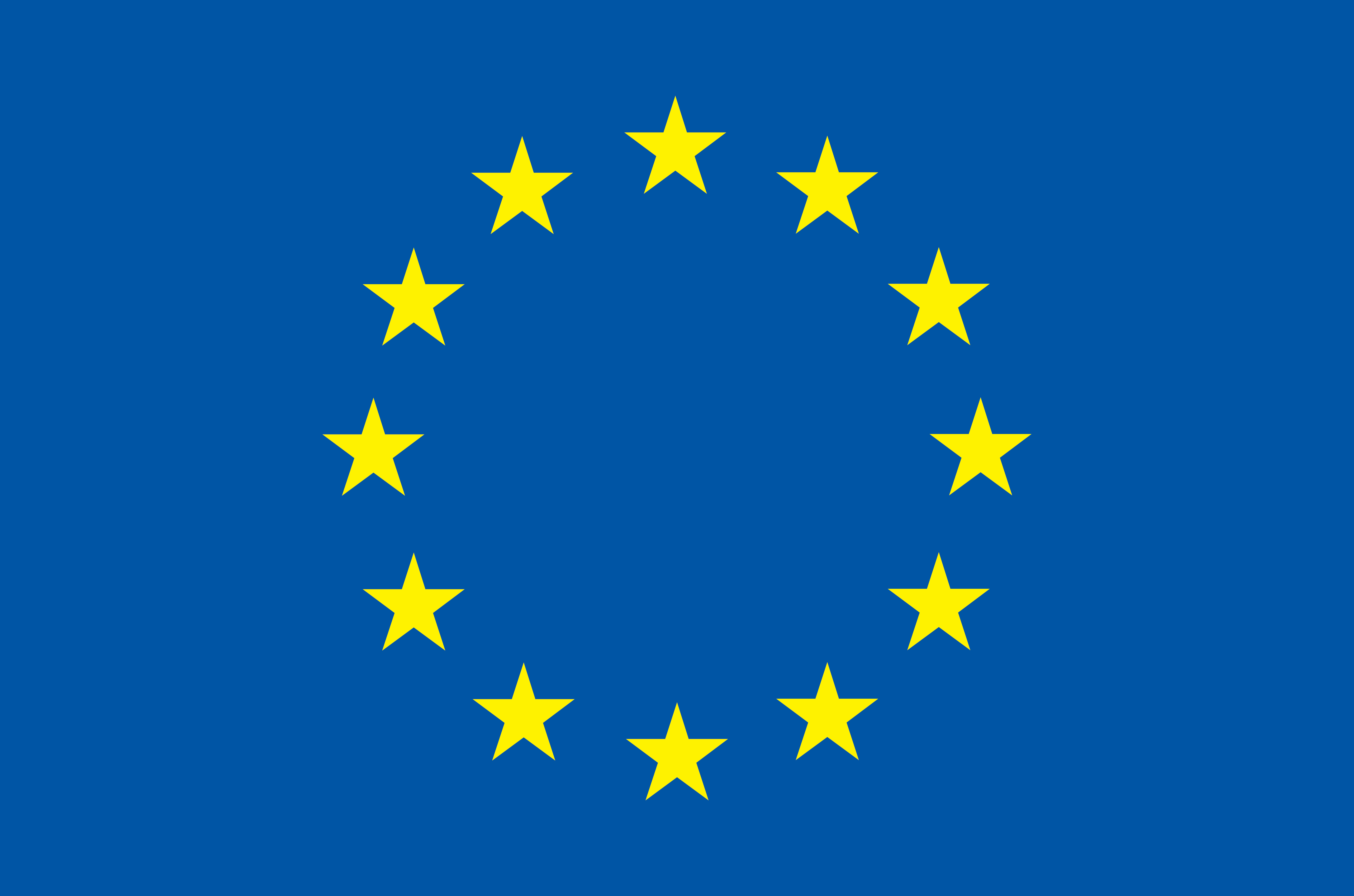 |
Research Professor Max Planck Institute for Solid State Research Heisenbergstr. 1 D-70569 Stuttgart, Germany www.fkf.mpg.de/lotsch b.lotsch(at)fkf.mpg.de |
Stimuli-responsive photonic crystals for chemo-optical sensing
Since photonic crystals were first reduced to practice in the late 1980s, our means of guiding, confining and manipulating light have been enriched tremendously. At the same time, new sensing concepts have evolved which take advantage of a host of photonic phenomena ranging from slow photons to cavity-enhanced light detection. Along these lines, stimuli-responsive photonic crystals (PCs) have proven particularly versatile platforms for the optical detection of a range of physical and chemical stimuli. Their operation principle relies on analyte-induced optical thickness changes which translate into a visibly perceptible shift of the bandgap (or stop band) and, hence, structural color. I will review our recent progress in the fabrication of “smart” photonic crystal sensors for the detection of various chemical and physical stimuli including temperature, humidity, and volatile organic solvents. A range of photonic multilayer systems – referred to as Bragg stacks – have been fabricated based on functional materials which display analyte-specific host-guest interactions. Examples include microporous hybrid systems (metalorganic frameworks, MOFs) [1], metal oxides displaying textural mesoporosity [2], and 2D nanosheet materials showing humidity-induced swelling behaviour and protonic conductivity. The sensing scope can be further diversified by morphology engineering, postsynthetic functionalization and through the design of more complex photonic architectures such as photonic crystal resonators [3]. I will further discuss a novel detection principle based on utilizing 1D PCs as optical filters for tuning the intensity of a narrow-band light source, giving rise to an “electrophotonic nose” which translates structural color changes into an electrical read-out [4,5]. Fabrication methods, materials combinations and surface functionalization schemes will be highlighted which are at hand to design simple, yet versatile 1D, 2D and 3D PC sensing devices [6].
[1] A. Ranft, F. Niekiel, I. Pavlichenko, N. Stock, B. V. Lotsch, Chem. Mater. 2015, 27, 1961–1970
[2] I. Pavlichenko, E. Broda, Y. Fukuda, K. Szendrei, A. K. Hatz, G. Scarpa, P. Lugli, C. Bräuchle, B. V. Lotsch, Mater. Horizons 2015, 2, 299-308
[3] A. Ranft, I. Pavlichenko, K. Szendrei, P. M. Zehetmaier, Y. Hu, A. von Mankowski, B. V. Lotsch, Microporous & Mesoporous Materials 2015, doi:10.1016/j.micromeso.2015.05.031
[4] A. T. Exner, I. Pavlichenko, B. V. Lotsch, G. Scarpa, P. Lugli, ACS Appl. Mater. Interfaces 2013, 5, 1575–1582
[5] A. T. Exner, I. Pavlichenko, D. Baierl, M. Schmidt, G. Derondeau, B. V. Lotsch, P. Lugli, G. Scarpa, Laser Photon. Rev. 2014, 8, 726–733
[6] G. von Freymann, V. Kitaev, B. V. Lotsch, G. A. Ozin, Chem. Soc. Rev. 2013, 42, 2528–2554.
CV
Dr. Bettina V. Lotsch studied Chemistry at the Ludwig-Maximilians-Universität München (LMU) and the University of Oxford and received her PhD from LMU Munich in 2006. After a postdoctoral stay at the University of Toronto as a Feodor-Lynen fellow she was appointed assistant professor at LMU Munich in 2009 (tenure 2014). Since 2011 she is also head of an independent research group at the Max Planck Institute for Solid State Research in Stuttgart. Her research explores the rational synthesis of materials by combining the tools of solid-state and nanochemistry. Focal points include “smart” photonic crystals for optical sensing, porous frameworks for solar energy conversion, and the exploration of soft chemistry routes towards 2D materials. Prof. Lotsch has been elected a Fellow of the Royal Society of Chemistry in 2014. Her work has been recognized by a number of awards, most recently by an ERC Starting Grant (2014).


